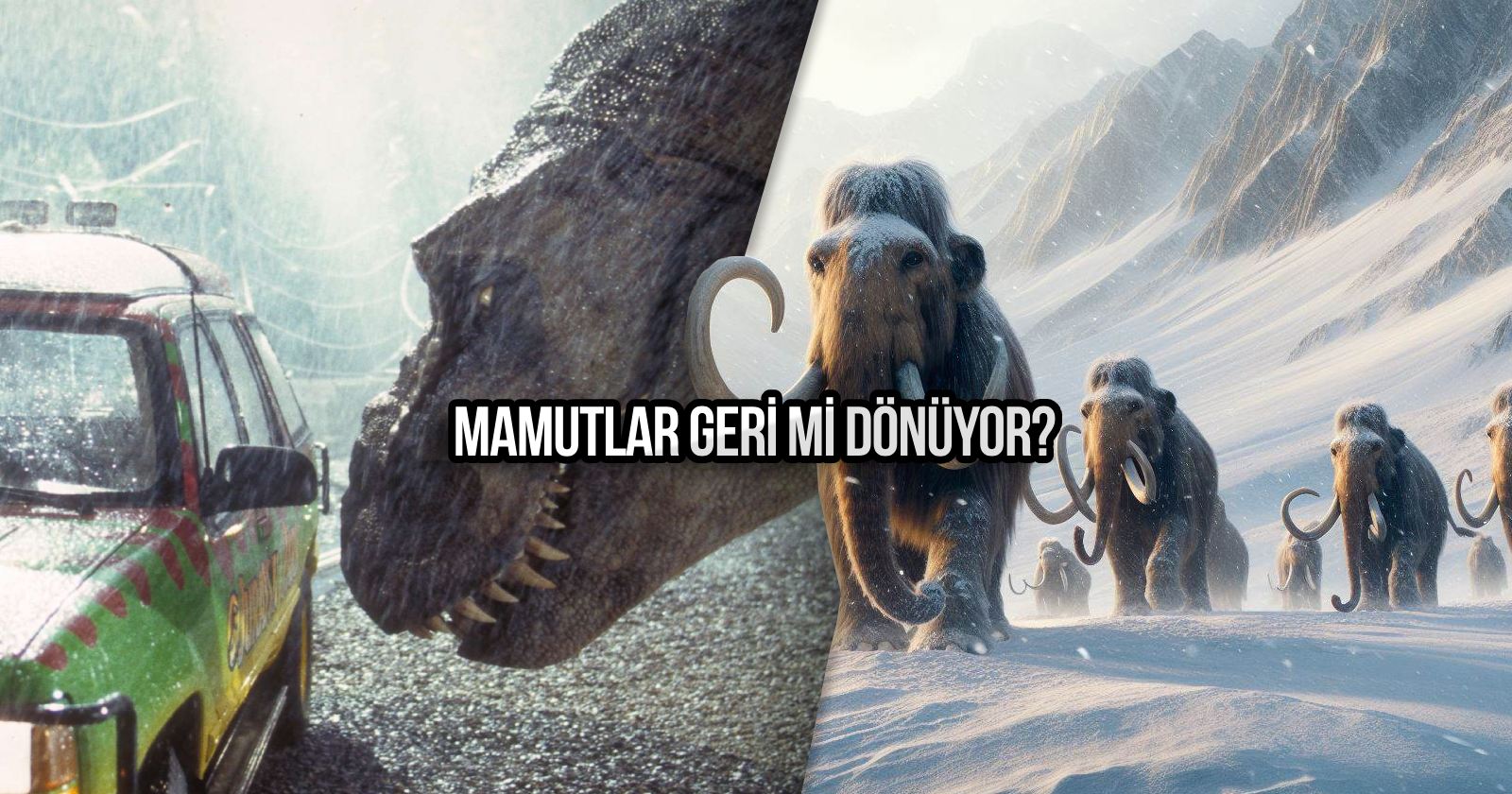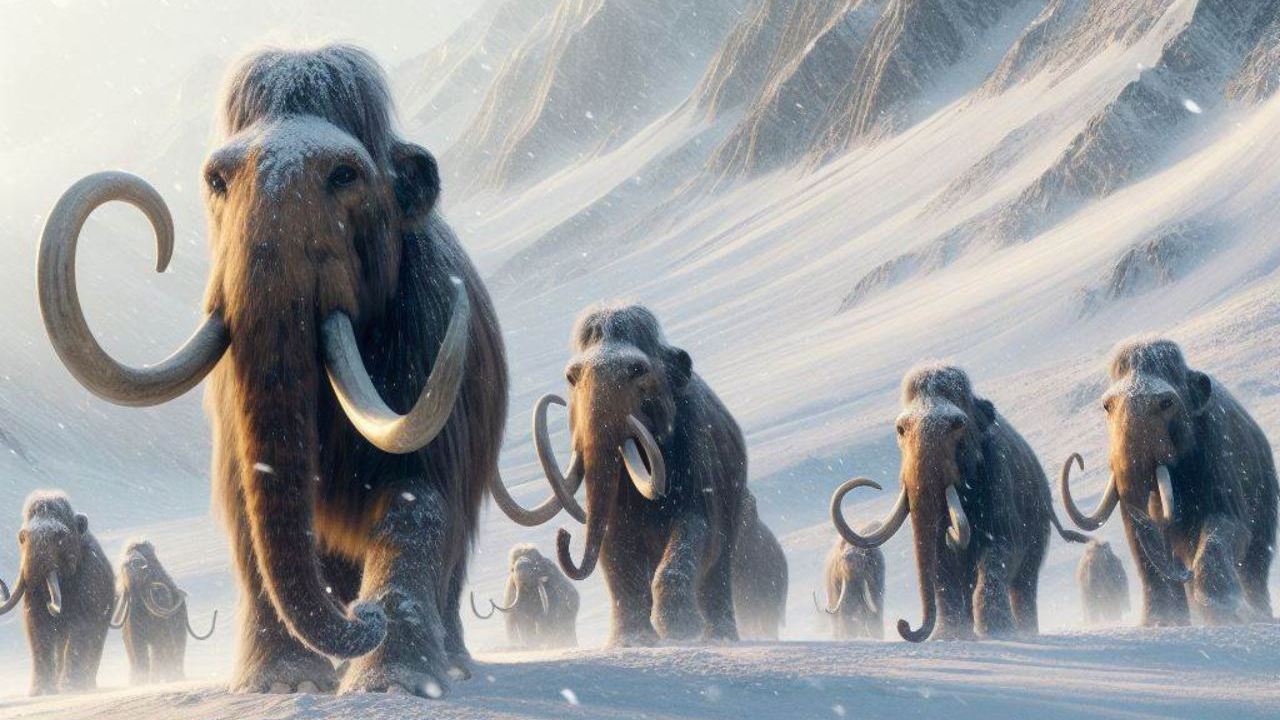Scientists have embarked on a significant endeavor to bring back extinct mammoths, marking a crucial milestone in the Mammoth Revival Project initiated in 2021. Colossal Biosciences, the firm leading this initiative, has announced a breakthrough. But could this project lead to a real-life Jurassic Park scenario?
Significant Progress in the Mammoth Revival Project!
Colossal Biosciences began fundraising for the project in 2021 and took its first step last year. The company aims to revive mammoths within four years. They have already surpassed the threshold of developing stem cells. But what is the aim of Colossal Biosciences with this project?
The company aims to revive extinct animals with this project. Mammoths were chosen because their lineage became extinct 8,000 to 10,000 years ago. Mammoth fossils with preserved DNA can still be found, particularly in Siberia, where the last mammoths are believed to have lived.

Scientists have successfully developed stem cells from mammoth DNA samples. The new goal is to create a hybrid species of elephant and mammoth using these stem cells. In short, the mammoth revival project will proceed through a hybrid species created with stem cells.
If the project to revive extinct animals is successful, it could usher in a new era of stem cell and genetic therapy for humanity. However, some scientists believe that it is crucial to determine who will make the decision to revive extinct animals.
It is important for the process to be conducted within ethical boundaries to prevent any potential disaster. The success of the project is also important for preserving endangered species. Additionally, it may offer a chance for animals that went extinct in the 20th century to re-enter the ecosystem.
Colossal Biosciences expects to successfully complete the project by 2027. As you may recall, Steven Spielberg’s film, Jurassic Park, also portrayed a similar technology used to bring back dinosaurs by a doctor and his research team.
So, is there a possibility of facing a Jurassic Park-like disaster with the revival project for extinct animals? We await your comments.














